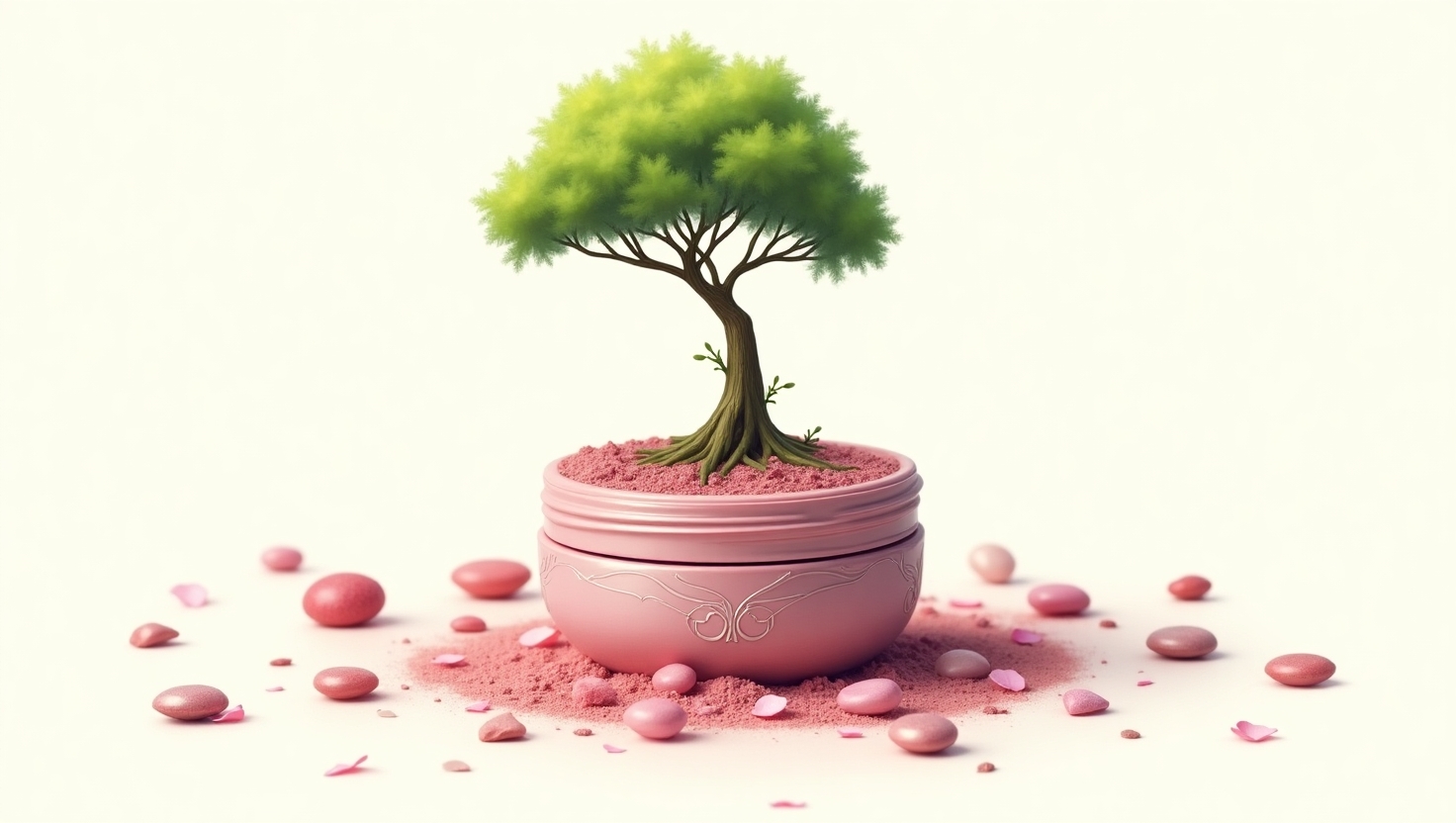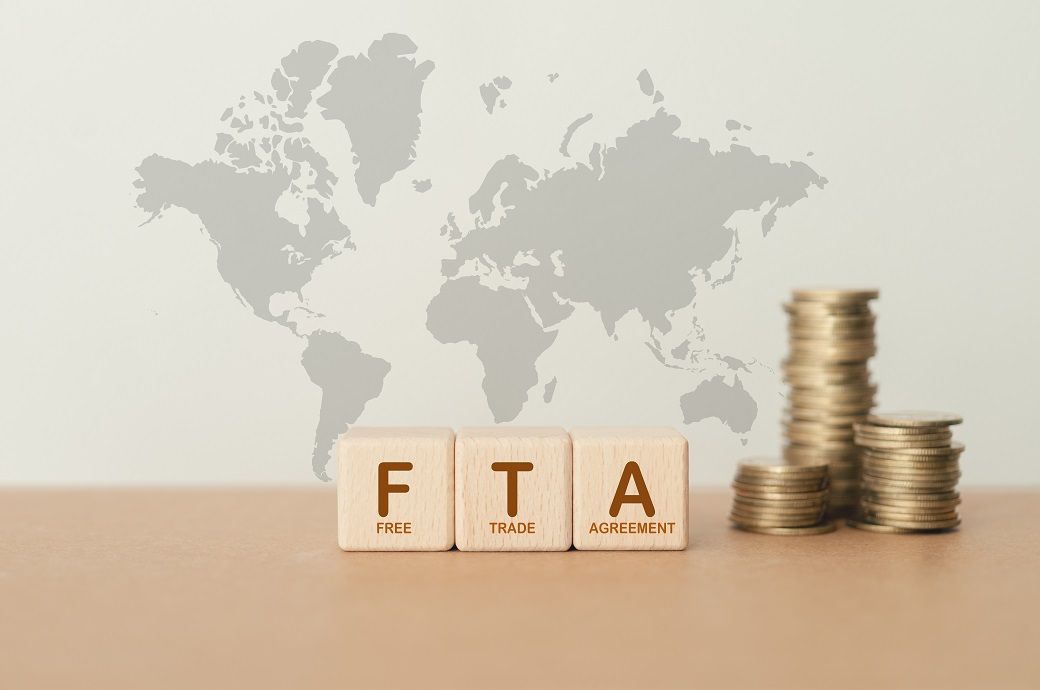As international brands set their sights on new horizons, Sonal Holland MW decodes the consumer trends and taste preferences of India’s fast-evolving wine market.

As the Indian wine market continues to grow, imported labels are fast gaining ground in terms of popularity and sales. India’s wine market has an estimated value of US$238 million (HK$1.85bn) today, according to India Wine Insider, a research-backed white paper that combines both consumer-based research and trade insights.
Imported wines are an important element of the Indian market, making up 33% of total consumption. While domestic wines still claim a larger share, the consumption of imported wines is growing at a significantly faster rate, particularly in urban cities like Mumbai, Delhi, Bengaluru, Delhi, Pune, Chandigarh, and Hyderabad.
All Indian wine consumers may start their wine journey by exploring domestic brands due to their wider availability and pricing. However, many urban consumers eventually steer towards imported wines to explore different styles, varieties and regions to refine their palates. Indian consumers also tend to associate imported wines with superior quality, and seek them out for their labelling and packaging, as well as for gifts. As such, higher-earning enthusiasts are willing to pay a higher price for imported wines in search of a better wine experience.
Looking at which import destinations enjoy popularity among Indian consumers, Australia comes out on top. The country is the leading source of international wines in India, accounting for close to 46% of still wine imports. Australian wines are popular due to their bold, fruit-forward flavours – something the Indian consumer palate appreciates. Australian wines are also compatible with Indian food and often have short and easy-to-pronounce English names, which gives them a better recall value.
Australian wine enjoys a significant lead in the under-US$15 price category, for which Pernod Ricard’s Jacob’s Creek brand was the longterm frontrunner. However, the French multinational sold the brand to Australian Wine Holdco Limited (AWL) in 2024, along with the rest of its still wine portfolio. As a result, the label’s availability is likely to decline, thus opening the market at the lower end to other international brands.
Australian wines in the mid-to-premium price range are also doing well. India’s Economic Corporation and Trade Agreement (ECTA) with Australia brought down the import duty on Australian wines priced above US$15 CIF from 150% to 75%. It will gradually come down to 25% over the next 10 years. This game-changing move has enabled Australian wines in the mid-to-premium section to be available to consumers at a relatively lower price.
Australia has also invested in improving the visibility of its labels among retail and consumers. Austrade, the Australian Trade and Investment Commission, has invested in more than two dozen events to promote education and awareness regarding Australian wines and wine regions, a vital step forward when it comes to building awareness in the Indian market.
High-quality wines
The next name on this list is Italy, which consumers perceive as a producer of high-quality wines. The popularity of Italian food is a key factor in the growth of wines from this region. For Indian consumers, Italian names are much easier to pronounce than their French counterparts, meaning they enjoy better recall value. An Italian brand that has performed well in the price-sensitive Indian market is Sensi, which has successfully showcased easy-drinking and enjoyable wines of variants like Montepulciano d'Abruzzo in India.
Next up: France. Consumers often assume that French wine always tastes good. While classic Burgundy and Bordeaux wines are underrepresented in the
Indian market, consumers have access to value wines from the Languedoc and Southern Rhône regions. A great example in this niche is Le Grand Noir – a simple, well-balanced wine for casual drinking that is doing exceptionally well in the Indian market.
Elsewhere, there’s a growing demand for value and mid-premium Californian wines, as Indians frequently travel to the United States for work or leisure and taste many labels there. On their return home, consumers look for the brands they have tried during their travels. The main challenge for US wines is their underrepresentation in the Indian market.
Indians have a special affinity towards red wines, which account for 65% of total consumption. Red wine’s appeal lies in perceived health benefits, backed by availability and accessibility. Reds also pair well with hearty Indian cuisine, known for its rich flavours. Besides, India also produces a good variety of red wines, such as Shiraz and Cabernet Sauvignon, which are popular among consumers. Indian drinkers tend to pick imported wines made with grape varieties they know, or those that have a familiar flavour profile, as confidence in taste is key.
Malbec is one international grape variety that has done exceptionally well; its brambly, food-forward expression has captured Indian consumers. In whites, Pinot Grigio is liked for its unobtrusive taste as it doesn’t compete with Indian food flavours, while Sauvignon Blanc and Chardonnay are preferred for their freshness and aromatics.
The past few years have seen impressive growth in the consumption of rosé wines in India, leading to it becoming the fastest-growing category of wine in the country. Rosé wines from international brands perform better than the ones made domestically. Their sophisticated taste and appearance especially appeal to women, who account for half of India’s total wine consumption and are a key demographic in driving the growth of wine in the country.
Wine is moving up the premiumisation curve in India and there is a limited yet definite market for super-premium Bordeaux, as well as Super Tuscans and Californian wines.
Super-premium imported labels are set to gain from one key growth opportunity: the illustrious Indian wedding market. India’s wedding industry was predicted to drive INR1 trillion (HK$9.1tn) in spending in the last few months of 2024, with 3.5 million weddings taking place between November and mid-December. It’s not uncommon for the bride and groom to pop expensive Champagne to celebrate their nuptials at many lavish Indian weddings.
Imports set to grow
There is no denying that imported wines will continue to grow in India. The country is set to cross US$4 trillion (HK$3.1tn) in GDP soon, and is predicted to become a US$10 trillion economy by 2032, meaning discretionary spending on food, travel, beverages and luxury will inevitably rise.
As a result, a price inelasticity will be set in the Indian wine market and imported wines will directly benefit from this phenomenon, especially in metropolitan cities, as their aspirational value endures.

 As the Indian wine market continues to grow, imported labels are fast gaining ground in terms of popularity and sales. India’s wine market has an estimated value of US$238 million (HK$1.85bn) today, according to India Wine Insider, a research-backed white paper that combines both consumer-based research and trade insights.
Imported wines are an important element of the Indian market, making up 33% of total consumption. While domestic wines still claim a larger share, the consumption of imported wines is growing at a significantly faster rate, particularly in urban cities like Mumbai, Delhi, Bengaluru, Delhi, Pune, Chandigarh, and Hyderabad.
All Indian wine consumers may start their wine journey by exploring domestic brands due to their wider availability and pricing. However, many urban consumers eventually steer towards imported wines to explore different styles, varieties and regions to refine their palates. Indian consumers also tend to associate imported wines with superior quality, and seek them out for their labelling and packaging, as well as for gifts. As such, higher-earning enthusiasts are willing to pay a higher price for imported wines in search of a better wine experience.
Looking at which import destinations enjoy popularity among Indian consumers, Australia comes out on top. The country is the leading source of international wines in India, accounting for close to 46% of still wine imports. Australian wines are popular due to their bold, fruit-forward flavours – something the Indian consumer palate appreciates. Australian wines are also compatible with Indian food and often have short and easy-to-pronounce English names, which gives them a better recall value.
Australian wine enjoys a significant lead in the under-US$15 price category, for which Pernod Ricard’s Jacob’s Creek brand was the longterm frontrunner. However, the French multinational sold the brand to Australian Wine Holdco Limited (AWL) in 2024, along with the rest of its still wine portfolio. As a result, the label’s availability is likely to decline, thus opening the market at the lower end to other international brands.
Australian wines in the mid-to-premium price range are also doing well. India’s Economic Corporation and Trade Agreement (ECTA) with Australia brought down the import duty on Australian wines priced above US$15 CIF from 150% to 75%. It will gradually come down to 25% over the next 10 years. This game-changing move has enabled Australian wines in the mid-to-premium section to be available to consumers at a relatively lower price.
Australia has also invested in improving the visibility of its labels among retail and consumers. Austrade, the Australian Trade and Investment Commission, has invested in more than two dozen events to promote education and awareness regarding Australian wines and wine regions, a vital step forward when it comes to building awareness in the Indian market.
As the Indian wine market continues to grow, imported labels are fast gaining ground in terms of popularity and sales. India’s wine market has an estimated value of US$238 million (HK$1.85bn) today, according to India Wine Insider, a research-backed white paper that combines both consumer-based research and trade insights.
Imported wines are an important element of the Indian market, making up 33% of total consumption. While domestic wines still claim a larger share, the consumption of imported wines is growing at a significantly faster rate, particularly in urban cities like Mumbai, Delhi, Bengaluru, Delhi, Pune, Chandigarh, and Hyderabad.
All Indian wine consumers may start their wine journey by exploring domestic brands due to their wider availability and pricing. However, many urban consumers eventually steer towards imported wines to explore different styles, varieties and regions to refine their palates. Indian consumers also tend to associate imported wines with superior quality, and seek them out for their labelling and packaging, as well as for gifts. As such, higher-earning enthusiasts are willing to pay a higher price for imported wines in search of a better wine experience.
Looking at which import destinations enjoy popularity among Indian consumers, Australia comes out on top. The country is the leading source of international wines in India, accounting for close to 46% of still wine imports. Australian wines are popular due to their bold, fruit-forward flavours – something the Indian consumer palate appreciates. Australian wines are also compatible with Indian food and often have short and easy-to-pronounce English names, which gives them a better recall value.
Australian wine enjoys a significant lead in the under-US$15 price category, for which Pernod Ricard’s Jacob’s Creek brand was the longterm frontrunner. However, the French multinational sold the brand to Australian Wine Holdco Limited (AWL) in 2024, along with the rest of its still wine portfolio. As a result, the label’s availability is likely to decline, thus opening the market at the lower end to other international brands.
Australian wines in the mid-to-premium price range are also doing well. India’s Economic Corporation and Trade Agreement (ECTA) with Australia brought down the import duty on Australian wines priced above US$15 CIF from 150% to 75%. It will gradually come down to 25% over the next 10 years. This game-changing move has enabled Australian wines in the mid-to-premium section to be available to consumers at a relatively lower price.
Australia has also invested in improving the visibility of its labels among retail and consumers. Austrade, the Australian Trade and Investment Commission, has invested in more than two dozen events to promote education and awareness regarding Australian wines and wine regions, a vital step forward when it comes to building awareness in the Indian market.



































































































































































.jpg)
.jpg)
.jpg)








